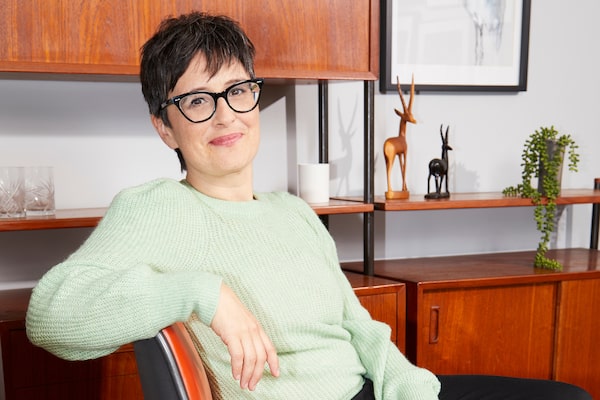
Steph Martyniuk/The Globe and Mail
This month’s two feature packages make for an interesting mix. Starting on page 38, you’ll find our third annual honour roll of Canada’s Best Executives, celebrating senior leaders in finance, operations, technology and more. Among the honourees is Jon McKenzie, formerly the COO of Cenovus, who was instrumental in pulling off the oil producer’s $2.9-billion acquisition of Husky Energy. So impressed was Cenovus’s board with McKenzie that in April, he succeeded retiring CEO Alex Pourbaix.
This issue also contains a call for progress on Canada’s net zero commitments as part of global efforts to limit warming to 1.5°C above pre-industrial levels—a goal the latest report from the UN’s Intergovernmental Panel on Climate Change suggests is quickly becoming unreachable. (Our own Jeffrey Jones delivers a pointed call to action here.) We interviewed financiers, economists, cleantech entrepreneurs and First Nations leaders for advice on how to act now. We also talked to Alex Pourbaix, who touts the progress toward net zero made by the Pathways Alliance, a consortium of six companies comprising 95% of oil sands production.
You’ve likely seen the Pathways Alliance’s “Let’s clear the air” ads, which ran during the World Cup and Super Bowl, on social media and in print across the country. The campaign trumpets the “clear strides” Cenovus, MEG Energy, Suncor, Canadian Natural Resources, ConocoPhillips Canada and Imperial Oil are making thanks in large part to carbon capture and storage, or CCS—sequestering emissions at the source, then tucking it underground.
But in March, Greenpeace Canada filed a complaint under the Competition Act accusing the alliance of false advertising. It’s asking the Competition Bureau to force the consortium to remove all claims related to “net zero” and “sustainable” from their communications.
Net Zero Hour: The urgency and opportunity of embracing clean energy

ROB Mag May 2023 - fullThe Globe and Mail
A key plank of Greenpeace’s complaint is the fact that the alliance’s plan fails to account for more than 80% of emissions—the ones released when consumers actually burn the oil they extract (which is, of course, the same issue faced by oil producers globally). Furthermore, much of the CCS tech the companies are relying on to reach net zero, by their own admission, doesn’t exist yet, hasn’t been deployed at the scale proposed or is simply inefficient. Indeed, last year, the Ohio-based Institute for Energy Economics and Financial Analysis released an assessment of 13 major CCS facilities and found 10 of them failed to live up to their touted performance—most by a long shot. For its part, the alliance “strongly disagrees” with Greenpeace’s assertions, noting in a statement, “Our campaign acknowledges the oil sands represent a significant share of our country’s emissions and that we must work collaboratively...to achieve our goal of net zero from operations.”
Consider this, though: The alliance had total profits north of $35-billion in 2022, but it has spent just $500-million so far on its net zero plans. And the six members have asked the federal government to bear more than half the cost of their CCS efforts, estimated at $16.5-billion by 2030.
There’s a better way to spend that kind of money—and still make a return. Because while climate change represents the biggest existential threat to humanity, it also represents a massive opportunity—but only if we’re ready and willing to look toward a clean-energy future.
Check out our entire package on how to get Canada on track to meet its net zero targets, Net Zero Hour.
Your time is valuable. Have the Top Business Headlines newsletter conveniently delivered to your inbox in the morning or evening. Sign up today.
 Dawn Calleja
Dawn Calleja